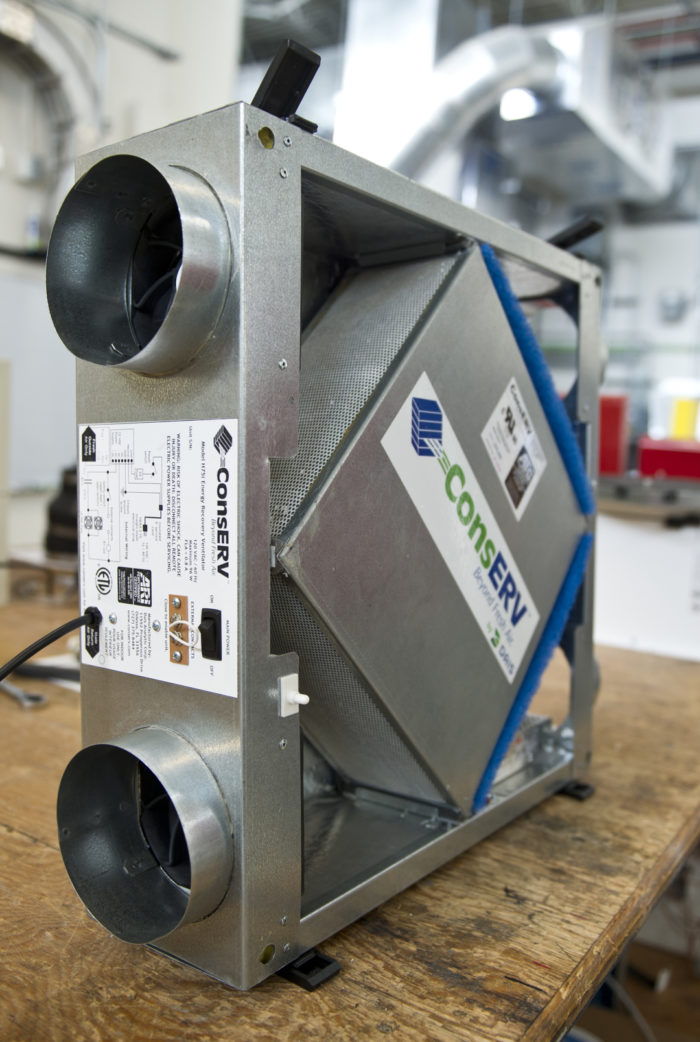HRV Demystified: What Every Homeowner Must Understand
Wiki Article
Discovering the Advantages of Heat Recovery Ventilation for Energy Efficiency in Houses
Heat Recovery Ventilation (HRV) systems use house owners a sensible strategy to boosting energy performance. By redeeming warmth from outbound air, these systems can considerably reduce home heating and cooling expenses. Additionally, they give a stable supply of fresh air, boosting indoor air top quality and convenience degrees. As home owners consider sustainable alternatives, understanding the nuances of HRV systems comes to be increasingly vital. What variables should one evaluate prior to making such an investment?Comprehending Heat Recovery Ventilation Systems

Just How HRV Improves Indoor Air Top Quality

Energy Financial Savings: The Financial Benefits of HRV
Making best use of power performance, heat recovery ventilation (HRV) systems use substantial economic benefits for home owners. By recouping and reusing heat from exhaust air, HRVs noticeably minimize heating & cooling prices. This innovation can lead to energy cost savings of approximately 30%, depending on climate and use patterns. Home owners often notice reduced energy expenses shortly after installment, making HRVs a financially smart financial investment with time. In addition, numerous areas provide incentives or discounts for energy-efficient upgrades, further enhancing the economic charm. As power prices remain to increase, the cost-effectiveness of HRVs ends up being progressively clear. In general, the consolidation of HRV systems not only promotes power performance yet also contributes to long-term financial cost savings for families.The Ecological Influence of Heat Recovery Ventilation
A HRV Heat Recovery Ventilation considerable ecological advantage of heat recovery ventilation (HRV) systems lies in their capability to decrease total energy consumption. By reclaiming warmth from exhaust air and transferring it to incoming fresh air, HRV systems minimize the requirement for energy-intensive heating and cooling down approaches. This reduction in power demand adds to decrease greenhouse gas exhausts, as much less nonrenewable fuel source is required to preserve comfortable interior temperatures. In addition, HRV systems boost interior air quality by efficiently trading stale air with fresh exterior air, reducing dependence on mechanical cooling systems that can hurt the setting. Overall, the implementation of HRV systems sustains lasting living methods and straightens with global initiatives to fight climate change by advertising power performance in household settings.
Selecting the Right HRV System for Your Home
Just how can house owners guarantee they pick the appropriate heat recovery ventilation (HRV) system for their demands? Initially, they must assess their home's size and layout, as these variables influence airflow needs. Next off, assessing the system's effectiveness rankings is crucial, as higher rankings show far better performance and power cost savings. Home owners need to likewise think about installation and maintenance costs, comparing different brands and models for worth. Furthermore, it is very important to assess noise levels, as some systems run even more silently than others. Consulting with heating and cooling experts can give customized recommendations based upon certain home conditions. Finally, checking out customer reviews and guarantees can aid in making an educated decision, guaranteeing that the selected HRV system properly boosts indoor air top quality and energy efficiency.Often Asked Inquiries

Just how Frequently Should I Tidy or Preserve My HRV System?
The regularity of cleaning or maintaining a warm recuperation air flow (HRV) system commonly depends upon usage and ecological elements. Typically, it is advisable to execute maintenance every six months to guarantee peak performance and air top quality.
Can HRV Equipments Aid Lower Moisture Levels Inside?
HRV systems can effectively lower indoor moisture degrees by trading stagnant, moist air with fresh, drier air from outside. HRV Heat Recovery Ventilation. This process aids maintain a well balanced interior setting, improving convenience and preventing moisture-related problems
What Is the Life expectancy of a Regular HRV System?
The life-span of a normal heat recovery ventilation (HRV) system varies, normally lasting in between 10 to 15 years. Regular maintenance can extend its effectiveness and functional life, ensuring peak efficiency throughout its usage period.Are There Any Noise Issues With HRV Solutions?
Sound interest in HRV systems can arise, specifically from follower operation. Several modern systems are developed to decrease sound levels, ensuring they run silently while keeping effectiveness, which addresses prospective disruptions in living settings.Can I Install an HRV System Myself, or Do I Required an Expert?
The individual contemplated whether to install the heat recovery ventilation (HRV) system directly or work with a specialist. Usually, while do it yourself setup is feasible, knowledge warranties correct capability and conformity with local building codes, boosting system performance.Report this wiki page